The future of farming: from eating insects to urban agriculture
The Entrepreneurship Centre at Cambridge Judge Business School is supporting new ventures to improve sustainability in agriculture to meet the demands of a growing global population.
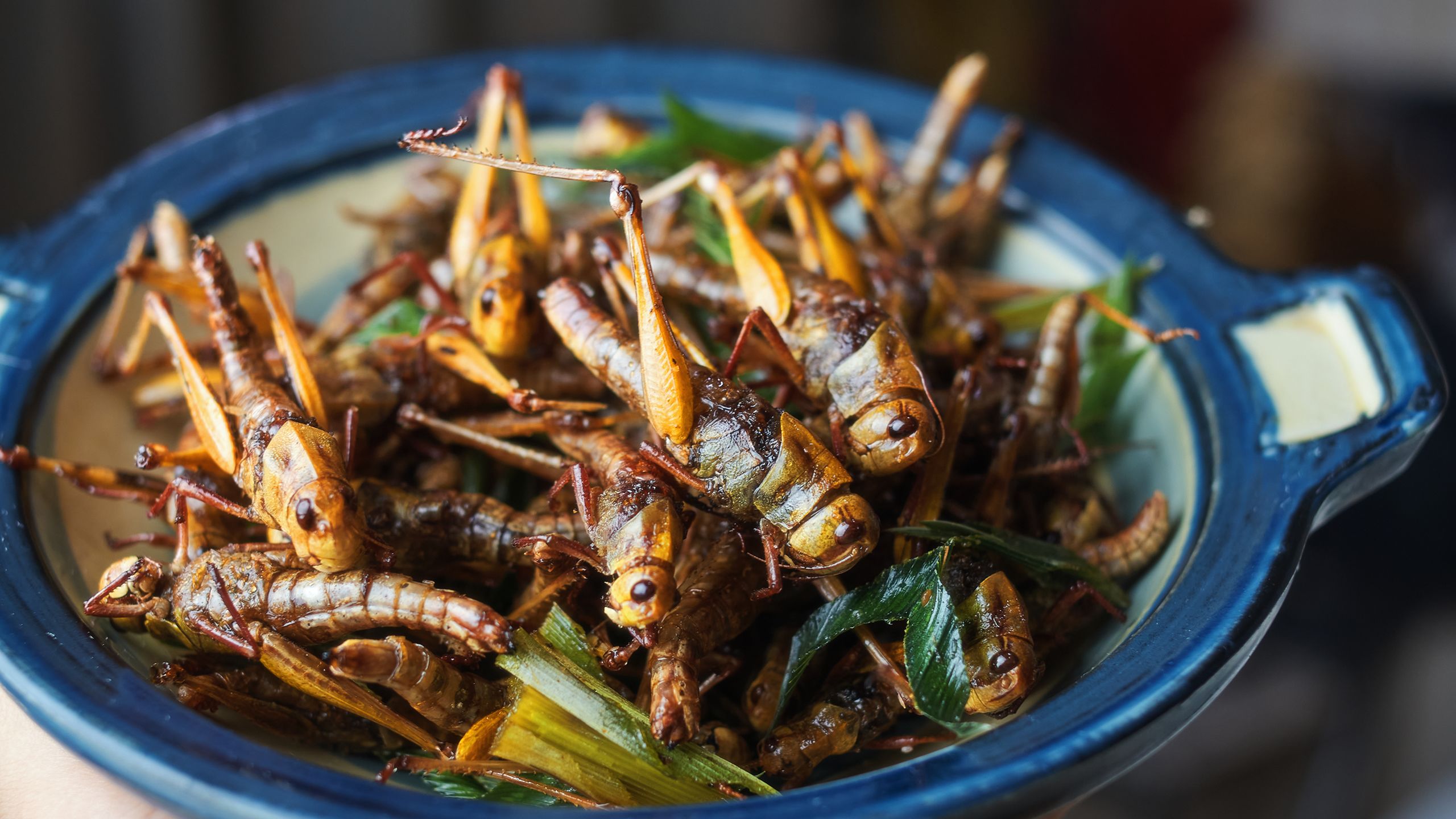
The issue of how to feed a growing population, and do it sustainably, is a crucial issue for the 21st century and has been brought more sharply into focus by Russia’s invasion of Ukraine, a key agricultural producer.
The issue was high on the agenda at the recent United Nations Climate Change Conference (COP27) in Egypt, and food insecurity is a topic of gatherings around the world including this month’s G20 summit of world leaders in Indonesia. According to data compiled by the UN, by 2050 we will need to produce 60% more food to feed a world population of 9.3 billion. At the same time, there is a need to encourage industrial-scale farmers to be far more environmentally aware by providing the right incentives and penalties where necessary.
At Cambridge Judge Business School (CJBS), the Entrepreneurship Centre and Cambridge Centre for Social Innovation support a number of ventures which aim to foster sustainable agriculture practices, and also offer more far-reaching alternatives to traditional food supplies.
The rise of “precision agriculture”
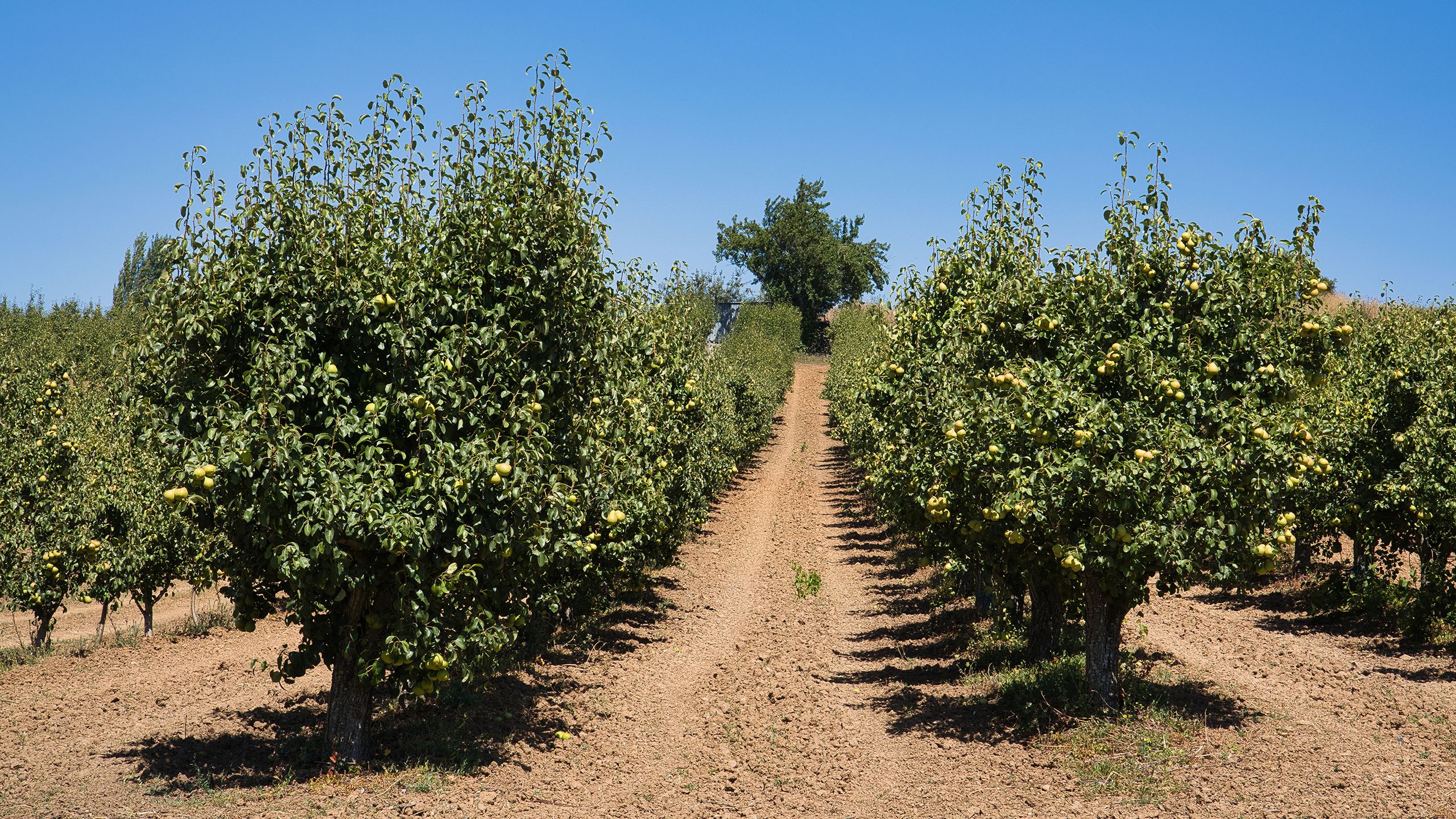
One of the most important fields is precision agriculture, the science of improving crop yields and assisting management decisions using the latest technology.
Outfield Technologies is targeted at high value fruit farming, primarily apples and pears. The firm currently has customers in the UK, US, Europe, and South Africa. It works by farmers buying their own drone, and then the Outfield software devises flight plans over the orchards and processes the images taken by drones. The venture was on the Accelerate Cambridge programme at the CJBS Entrepreneurship Centre for two years, developing the idea and helping them find their market fit.
“We believe the answer is more data,” said Outfield co-founder Oli Hilbourne. “The future is not seeing the farm as a block, but seeing it on a far more granular, plant-by-plant level.”
By counting the fruit on branches and measuring trees, farmers can see where to apply fertiliser with greater precision, reducing usage and improving soil sustainability. Outfield’s software can also recommend where to start harvesting to reduce waste and labour costs. The rising cost of labour globally has become a huge issue within the agricultural sector, for reasons including Brexit, the shortage of backpackers (some of whom become seasonal workers) in New Zealand due to Covid, and the rise of the minimum wage in South Africa.
The data gathered by drones can also predict yields. ‘Priming’ the supply chain ensures a smoother journey from orchard to the fruit bowl in your home. When an apple is picked, it is stored in a refrigerated environment for up to six months before being transported to a pack house to be washed, sorted, and packaged, before being moved to a distribution centre and finally appearing on supermarket shelves. The chain relies heavily on transportation, but by predicting yields, Outfield aims to reduce waste as distributors can anticipate fruit levels and reduce greenhouse gases caused by refrigerated storage.
The firm believes there is a willingness to adopt more sustainable methods. “The agricultural industry needs more investment to facilitate change,” said Hilbourne. “More money for better infrastructure including rural broadband, 5G, education and more investment in start-ups.”
Insects: your new favourite ingredient?
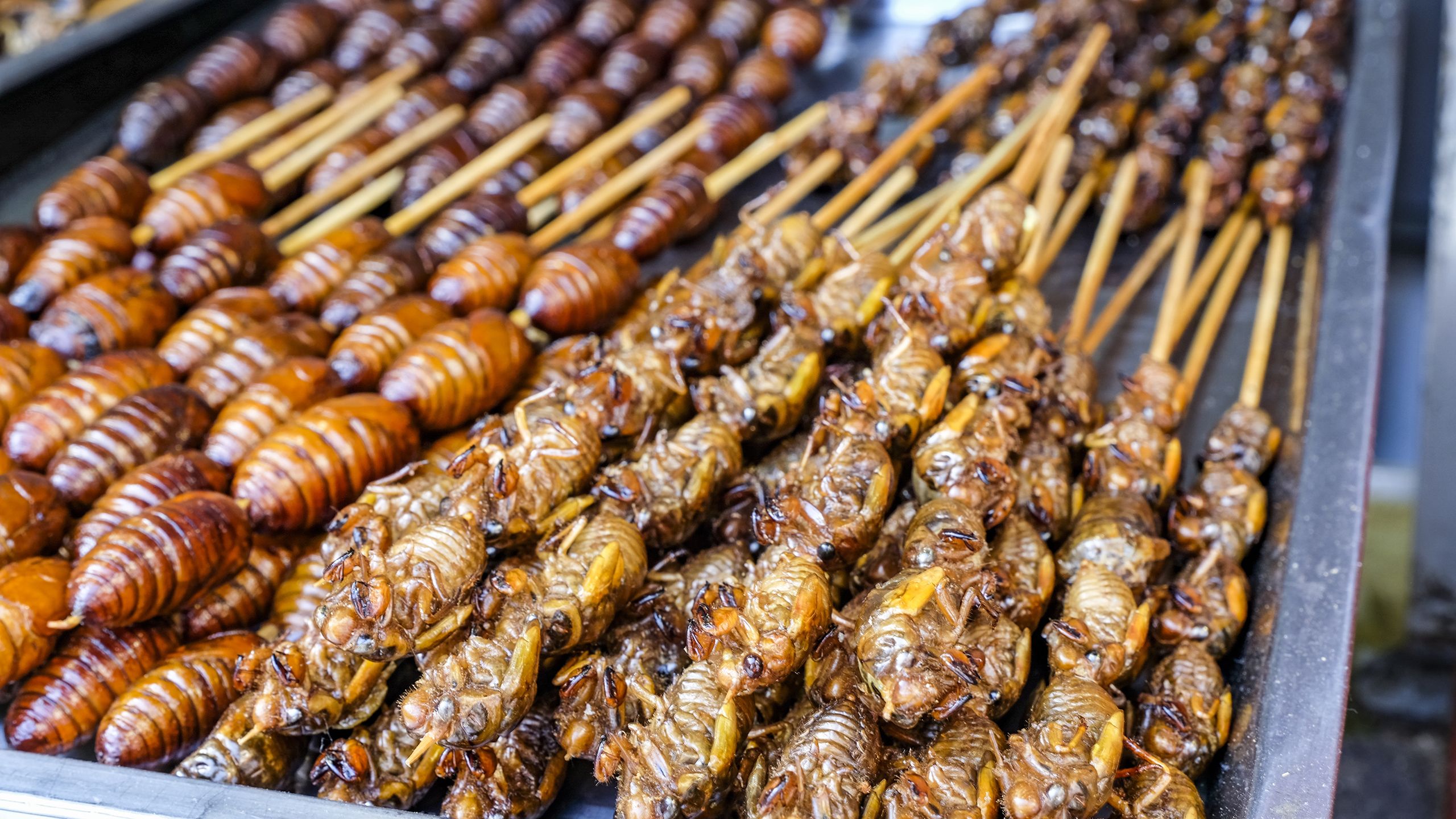
“Our mission is to take edible insects mainstream,” said Yum Bug co-founder Leo Taylor. The company sells crickets – both minced and roasted – to whip up something a bit different in the kitchen. The company’s website includes an endorsement from celebrity chef Prue Leith, a judge on The Great British Bake Off, for the product’s “delicious crunch”.
The focus, however, is getting on restaurant menus because it ties into the firm’s ethos of introducing people to eating insects. The business plan reflects experience honed from running a market stall on London’s Brick Lane, through to the business mentoring provided by Cambridge Social Ventures, part of the Cambridge Centre for Social Innovation at CJBS. Yum Bug regularly supplies five restaurants, with dishes featuring insects including cricket mince tapas, nachos, and Asian cuisine. “Small sharable dishes work best,” said Taylor. “By eating loaded fries or tapas, people aren’t having to commit to a meal, but they are trying the product, and hopefully coming back for more.”
Insects are an incredible superfood – proportionally containing more protein than beef, and more potassium than bananas – while requiring a fraction of the space, water, and feed than traditional livestock. They are also already eaten regularly in over 80% of countries around the world.
“Climate change is the issue,” said Taylor. “It’s mission-critical for the survival of humanity. The food system is a huge part of it. 80% plus of deforestation in the Amazon is now specifically beef rearing. Insects provide one of a spectrum of solutions that need to be implemented to create some more equilibrium with our environment.”
Food waste – could maggots hold the answer?
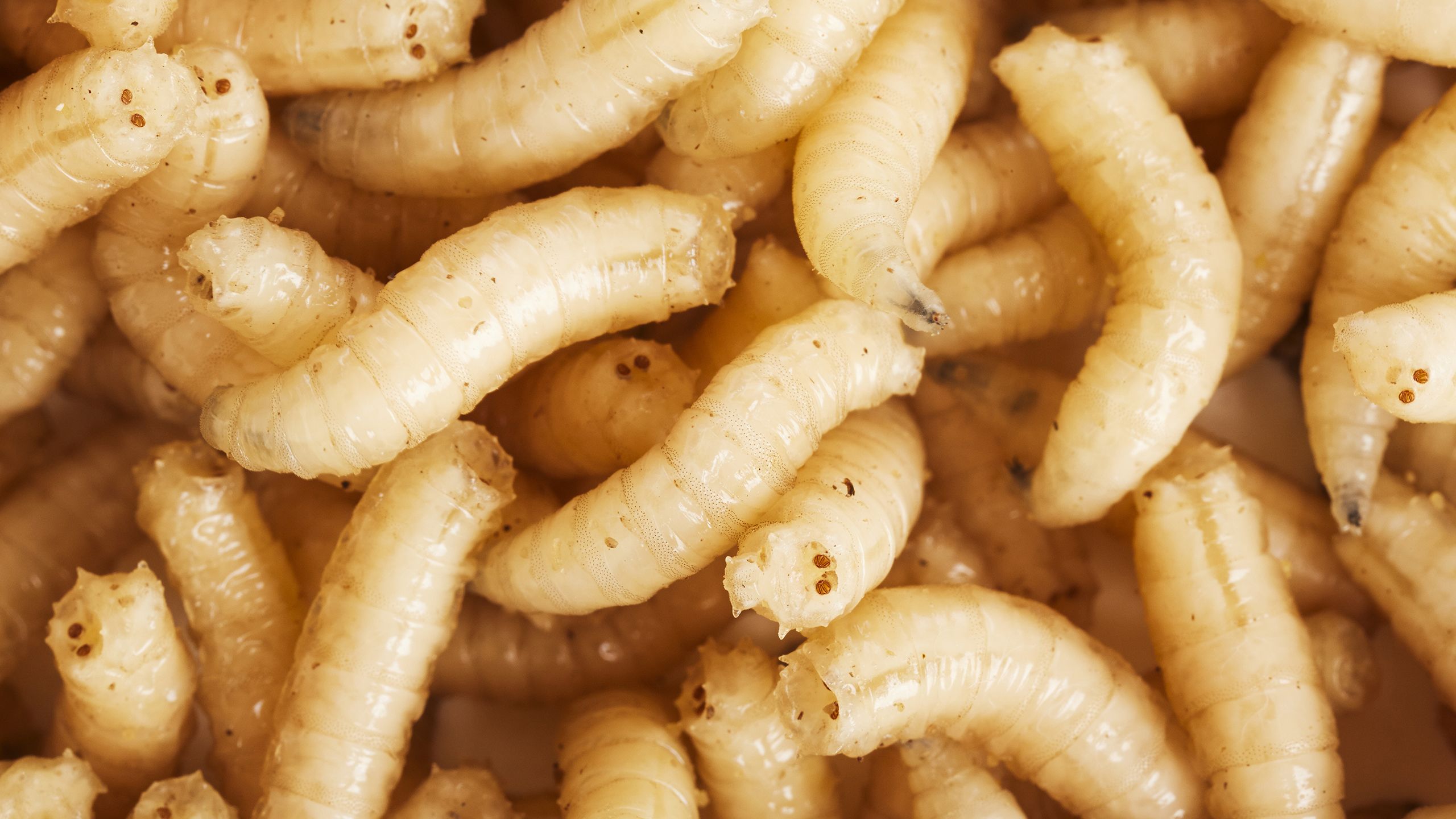
If you find eating insects hard to digest, they appear lower down in the food chain in another venture – aimed at the fight against food waste. Better Origin is a CJBS-backed company hoping to make a dent in the world’s food waste mountain – the UN estimates 17% of global food production is currently thrown away.
Better Origin feeds food waste from British supermarket Morrisons to black soldier fly larvae, and the larvae are then fed to hens on the supermarket’s egg laying farms. This effectively turns waste into feed. By replacing the hen’s usual soya feed, which is a huge contributor to rainforest loss, it’s also reducing emissions.
“Everyone has heard of planting trees, but planting trees does nothing for someone producing food waste,” said co-founder Miha Pipan. “What we’re doing is something quite unique and quite adaptable. It has a really important role in reinforcing how food chains work and making them more reliable.”
The company was supported by Accelerate Cambridge, and now supplies 10 insect mini-farms to Morrisons, dealing with 3000 tonnes of food waste per year, saving 2810 tonnes of CO₂e emissions annually - an equivalent, they claim, to taking over 600 cars off the road.
The firm is constrained by regulations at this stage as only certain foodstuffs are legal to feed to larvae – currently fruit, vegetables and bakery waste – but they are working with regulators to unlock more sources.
Cultivating cells rather than rearing cattle
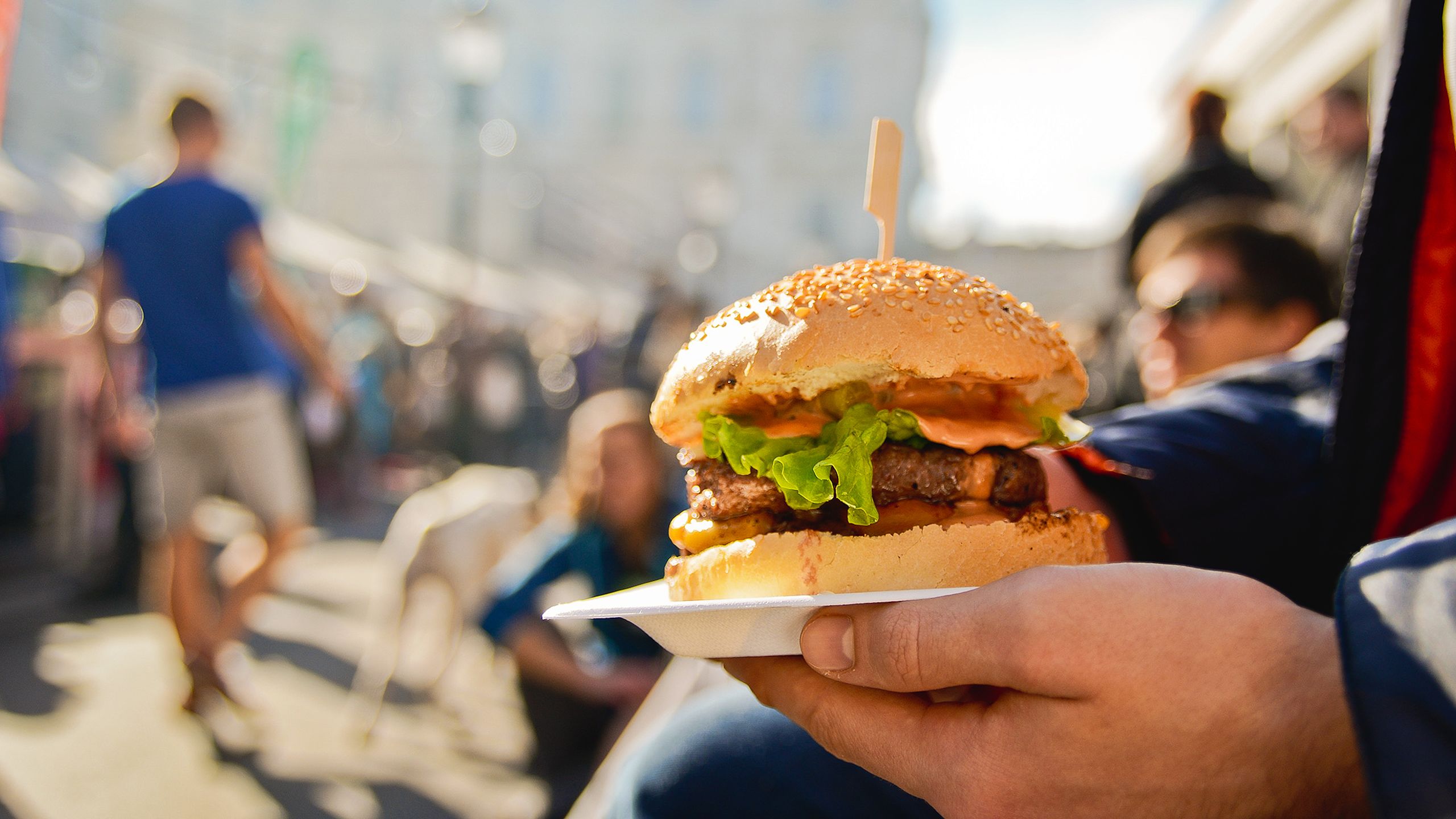
Cultured meat is made by growing cells under controlled conditions in a bioreactor. The United Nations says it’s not feasible to support a growing, global population of 9 billion on an animal protein-rich diet by 2050. There is currently no commercial-scale production process for cultured meat, and there are high financial and research barriers to entry.
But Animal Alternative Technologies are focused on producing scalable production systems for any food producers to make their own cultured meat.
The team behind the venture joined Accelerate Cambridge at CJBS only a few months after starting the company. “CJBS turned us from scientists with dreams to entrepreneurs with a plan,” said co-founder Clarisse Beurrier. “Humans have been intensifying livestock meat production for over 10,000 years and we are reaching its limits. Cellular agriculture helps us push beyond these limits. For example, whereas a chicken needs about nine calories to produce one calorie of meat, you only need two calories of input when you feed the cells directly.”
The firm aims to reduce the carbon footprint of animal farming by more than half, eliminate the risks of infectious diseases like swine flu and help to curb antibiotic resistance. Production volume can also be easily adjusted, helping address food security issues.
While the product is still a few years away from being available, consumer research in China, one of the countries driving demand for meat, suggests people are willing to purchase lab-grown alternatives, even if priced at a premium.
Urban farming: the future of agriculture?
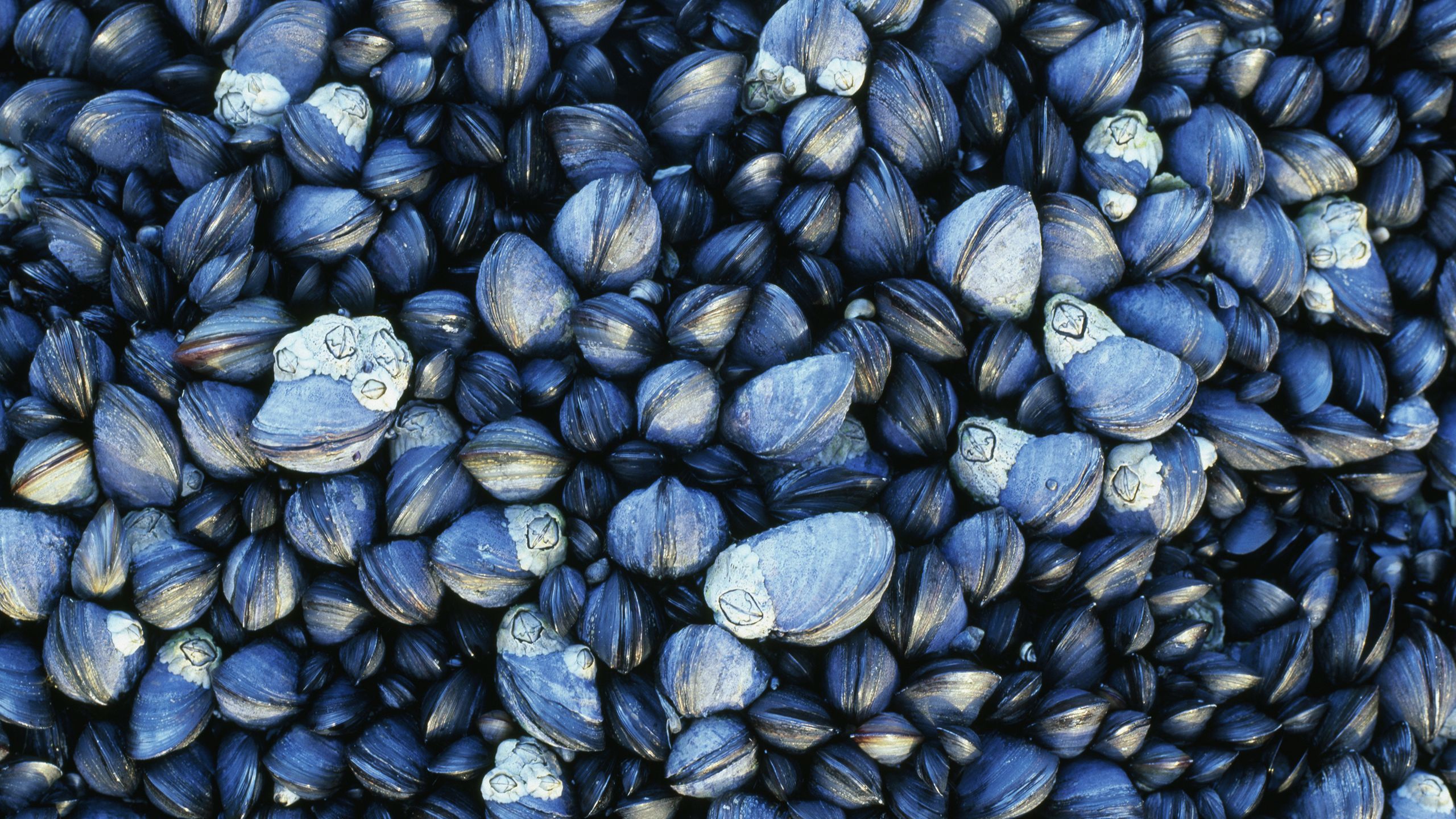
With cellular agriculture in its infancy, urban agriculture is moving to the fore as the population of cities is predicted to explode. While vertical farming of plants in limited space has been around for some time, new research looking into the ‘vertical farming of seafood’ is being developed by CJBS affiliate and Harding Scholar, Broderick House.
As part of his PhD project at Cambridge’s Department of Zoology, House is looking at farming bivalves – mussels, oysters, and clams, specifically – within city boundaries. “In terms of sustainable food options, and from a food security standpoint, being able to expand bivalve farming from the coast and into cities means you have a safe environment to produce a highly nutritious and micronutrient-rich source of food,” he said. “As the levels of acidification and microplastics rise in our oceans, and more flooding washes increasing amounts of heavy metals and waste into the seas, it is an opportunity for the bivalve industry to be proactive in realising a promising solution to global food security and the alleviation of micronutrient deficiency.”
One of the biggest challenges, of course, is water consumption. The artificial aquaculture environment cannot fully compare to farming in the ocean, but by using advanced recirculating aquaculture systems, water use can be reduced, as only 10% of the water in the tank must be changed every day: “If you’re comparing it to traditional agricultural livestock – cows, pork, chicken, or even other forms of protein such as soya, that are farmed in fields, it uses much less water, and provides competing levels of protein,” said House.
While sustainability would, at first glance, need to be offset by building infrastructure to farm bivalves inland, there is the potential to repurpose existing buildings which would help decrease carbon emissions from transportation. House points out that the biggest carbon footprint in aquaculture is the feed for the livestock, and he is trying, in collaboration with Cambridge’s Algal Innovation Centre, to develop more sustainable options such as photosynthetic algae.
To help translate his research into the business world, House has been supported by the EnterpriseTECH and EnterpriseTECH STAR programmes at the CJBS Entrepreneurship Centre. “CJBS has been a fantastic resource and community,” he said. “The business ecosystem here has provided important tools to engage with industry leaders and parliament members in a constructive and informed way to help ensure my PhD research has a positive role in shaping the future of global food security.”
Cambridge Judge Dean: agricultural changes would benefit society
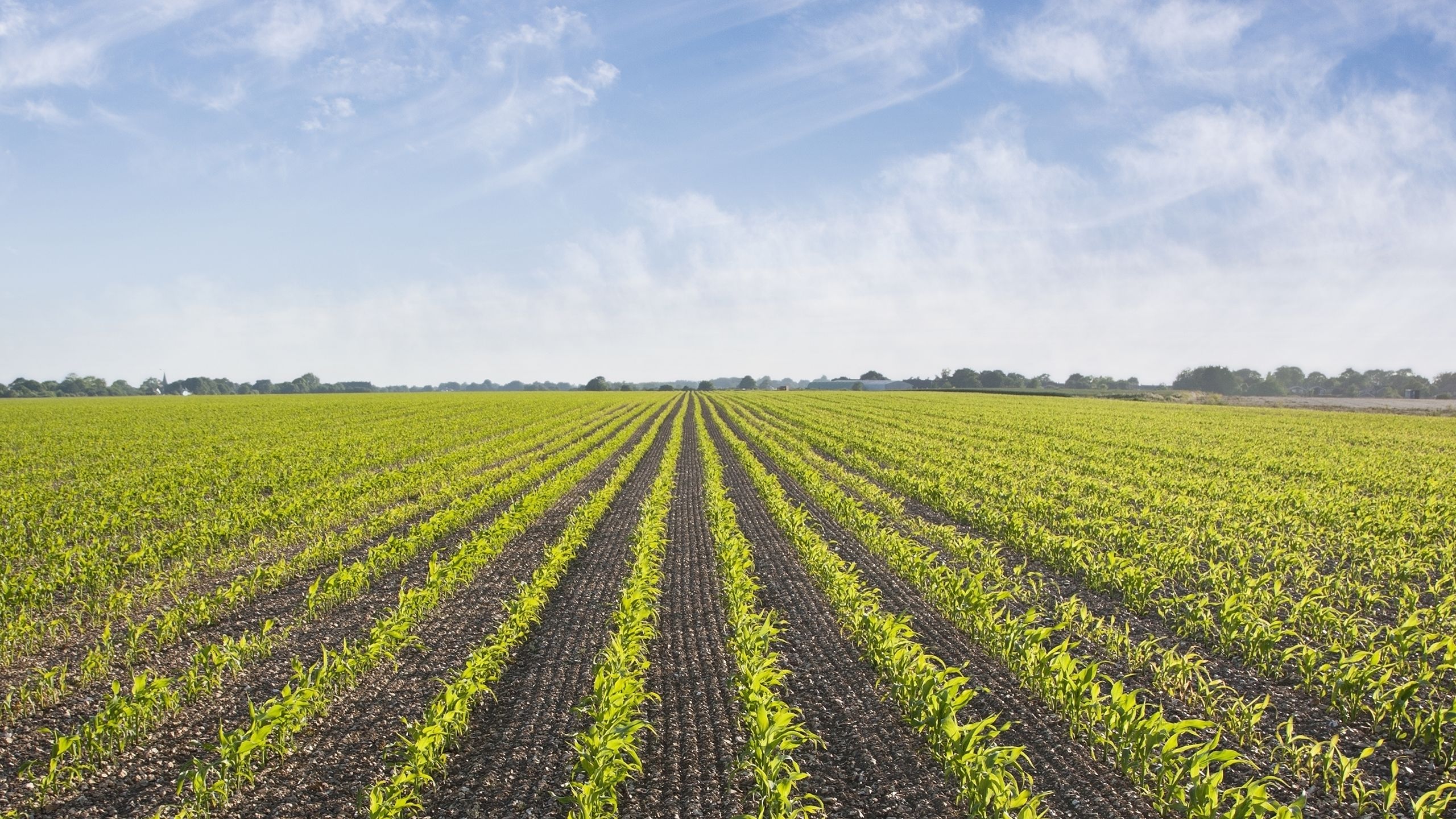
“The agricultural sector, when it comes to producing food and distributing it mainly to the cities, is actually the single most important source of carbon emissions in the world,” said Professor Mauro Guillén, Dean of Cambridge Judge Business School.
“Agriculture is a part of the economy that right now we think of as being relatively small, and it is in terms of employment and its contribution to GDP, at least in developed countries. But in most of the world that’s still developing, agriculture is a very large sector of the economy in terms of employment and it’s also one that is not very productive.
“We could vastly improve, for example, our efficiency in the use of water, in the use of fertilisers, in the use of so many other things. In Europe and the United States, we waste about 30% of the food that reaches our table. We could also do another very important thing when it comes to food production, which is to try to produce the food closer to where the consumer is, to reduce transportation costs. Urban agriculture is a great idea because not only are you cutting transportation costs, in addition, you’re growing plants, and you’re helping recycle carbon emissions.”
All images via Getty Images
The text in this work is licensed under a Creative Commons Attribution 4.0 International License
